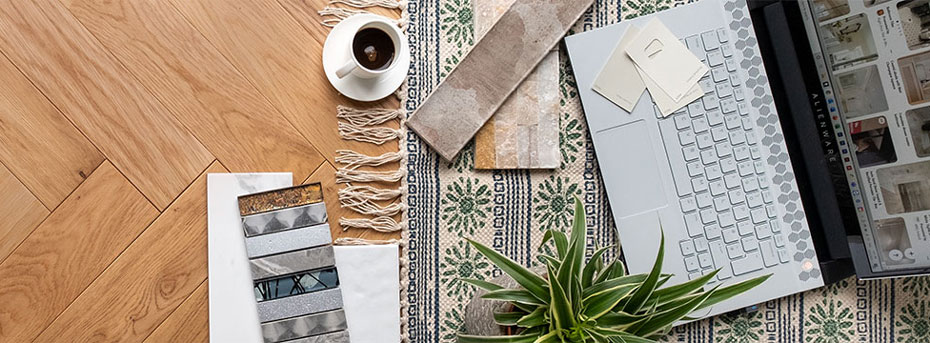DIY: How to choose and apply silicone sealant
Choosing the right sealant is an important step to ensuring the longevity of your tiling project and a professional finish.
The reason why silicone sealants exist is to create a waterproof seal between different building materials around the home, which is still flexible enough to allow a certain amount of movement.
With so many different types of silicone sealant on the market, it's important to match the silicone to the job. Read on to find out the differences between them and how to apply silicone correctly.
High modulus vs low modulus silicone
Modulus is an essential property in silicone sealants. It refers to elasticity, or how much force you need to exert to stretch something.
• Low modulus silicone sealants are more elastic, and work best for applications that require a fair bit of movement. These sealants are generally very long lasting, and can endure outdoor applications such as window frames.
• High modulus sealants are less stretchy, and are recommended to seal baths, showers, kitchen worktops, and many other sanitary applications.
Types of silicone sealants
Acetoxy silicone sealants
This type of sealant is known as acid-cure silicone because it releases a vinegar-smelling acetic acid as it cures. An acetoxy silicone sealant is more rigid and cures quickly. It creates a skin in around 10 minutes, becomes tacky in 17 minutes and reaches full cure after 24 hours. Acid-cure silicones work best on non-porous surfaces such as glass and glazed tile. But, they can corrode metal and etch some plastics, due to their acidic nature. However, they don’t stick very well to most plastics, including PVC, glass, aluminium, and polycarbonate.
Oxime silicone sealants
Oxime, or neutral, silicone sealants release alcohol as they cure, and don’t give off much of a smell. They stick better to PVC-U, plastic, glass, aluminium, lead, stone and masonry, and polycarbonate. On the flipside, they tend to cost more, and take one to five days to cure, depending on the thickness and external factures such as temperature, and humidity.
Silicone sealant applications
- General-purpose and builder’s silicone sealant
This is the workhorse of all silicone sealants. It has good elasticity, is durable and sticks to pretty much most building materials. - Sanitary silicone sealant
This silicone sealant contains a fungicide, which retards fungus and mould growth in high moisture areas, such as baths and toilets. - Glazing silicone
The clear finish of this sealant makes it perfect for glass panes in windows and doors. - Frame sealant silicone
A hardy sealant for window and door frames because it allows a great deal of movement and withstands exposure to all weather conditions - Food-safe silicone
The very low toxicity of this silicone sealant makes it safe to be around food. Its applications include sealing inside fridges. - High-temperature silicone
Withstands temperatures up to 260°C. These silicone sealants are used in electrical and industrial equipment, and for making seals between high-temperature surfaces. - Aquarium silicone
A super tough silicone sealant especially designed for glueing and sealing glass in aquaria.
How to apply silicone sealant
1. Preparation
- Give the surface a good clean to remove all dirt.
- Use a white spirit or non-oily solvent to remove grease on non-porous surfaces.
- Allow to fully dry.
- Wooden surfaces need to be painted before using a silicone sealant.
2. Prepare the sealant
- Using a utility knife, cut the nozzle of the silicone sealant tube to the required width and angle to match the size of the join.
- Place the cartridge in a caulking gun.
3. Silicone application
- You can place masking tape along the edges of the join for a neater finish.
- Using steady pressure, apply a bead of silicone to the prepared area.
- The sealant’s surface needs to be tooled within 10 minutes of application to create a slightly concave finish. You will need to use a silicone spatula that has been soaked in an equal parts solution of dish washing liquid and water. Most people just use their finger for the job, however this gets messy and you're likely to inadvertently get silicone in places you didn't intend to.
4. Post application
- Remove the masking tape before a skin forms for a neat edge.
- Clean tools with a degreasing agent immediately after use.
- Allow to the silicone sealant to cure for approximately 24 hours for every 4mm of thickness.


